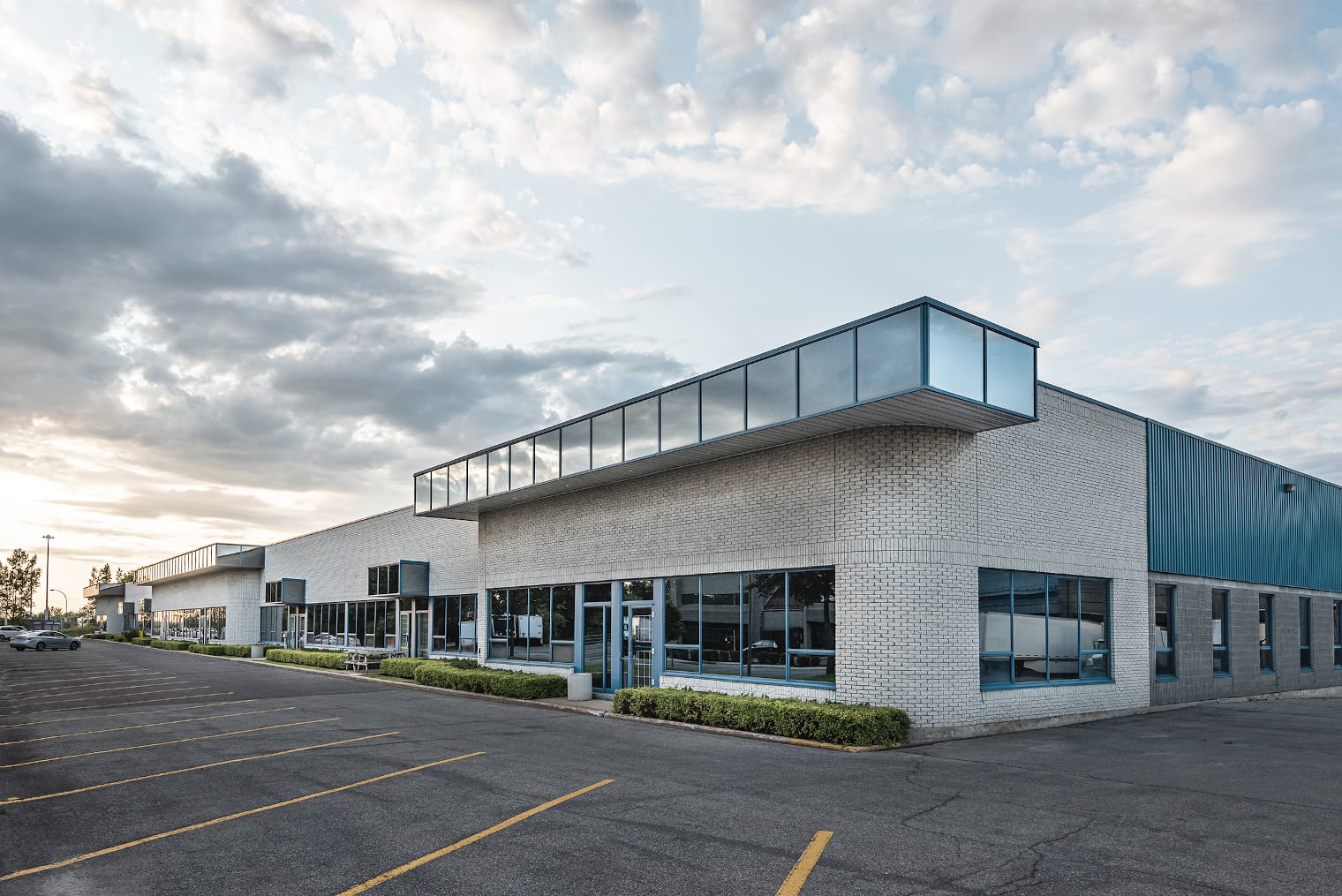If you want to protect your earnings situation and avoid vacancies, you should also consider the option of interim use. This is highlighted by Alexandros Tyropolis, CEO of Novac Solutions GmbH. The company specializes in avoiding vacancies and adopting creative solutions: “Many office property owners are so focused on leasing vacant space that they don’t even recognize other opportunities and potential.” One obvious solution would be to make some of the space available for flexible working and new forms of work (co-working). Many startups are interested in this type of service and attach importance to great flexibility. Depending on the surface area and equipment, meeting rooms or auditoriums in office buildings can also be put to new use.
“At its core, vacancy management is about breaking down an office property into its component parts and renting out the different areas and spaces individually,” summarizes Tyropolis. For example, larger commercial and office buildings often have 200 or 250 parking spaces in their underground garage, which can be put to a new use completely independently of the office floors above. Furthermore, office properties must be actively developed and, if necessary, repositioned. For example, offering catering services, hosting events and building a “community” could give the properties a new identity.


